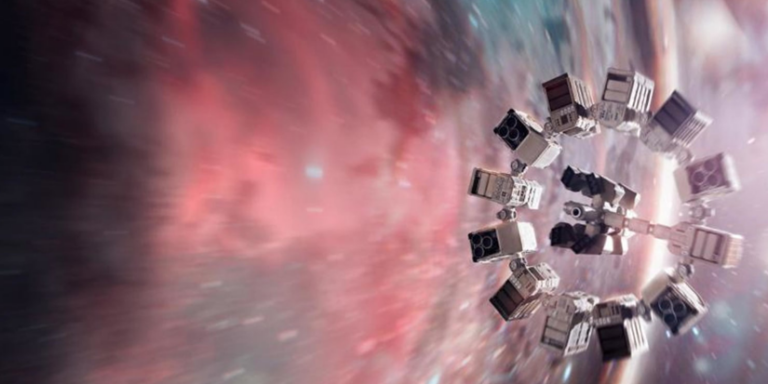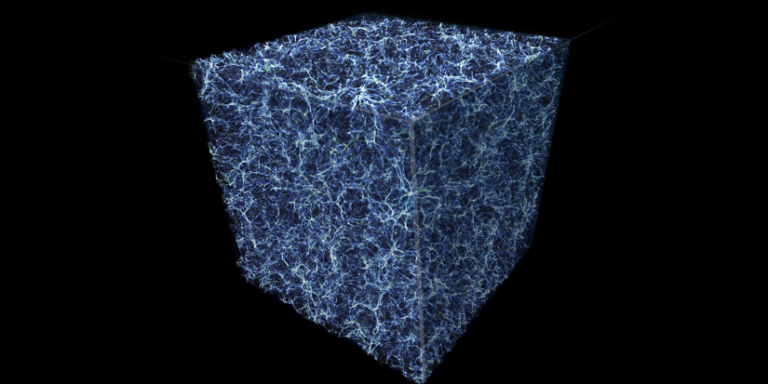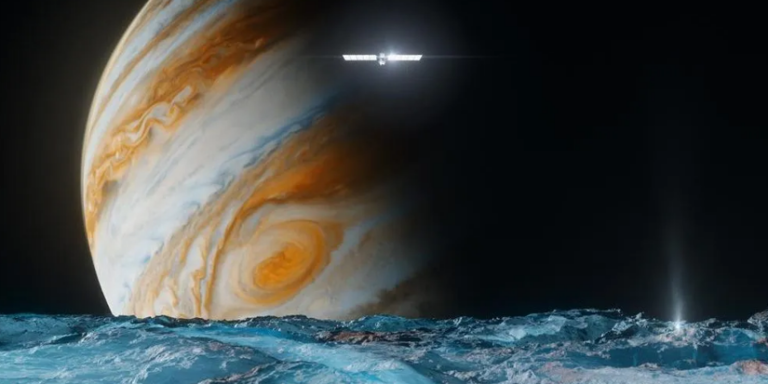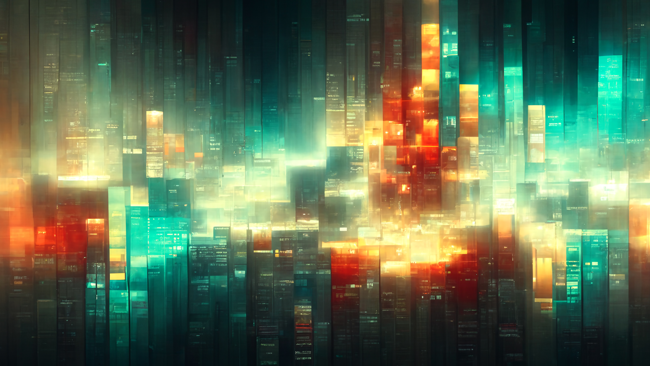
The universe has always been a subject of profound fascination and inquiry for humanity. From ancient philosophers to modern scientists, our quest to understand the nature of reality has led to numerous theories and paradigms. One such theory that has garnered increasing attention in recent years is the Fractal Holographic Universe theory. This intriguing concept proposes a radical reimagining of the cosmos, suggesting that reality operates like a hologram, with each part containing information about the whole. In this exploration, we delve into the depths of this theory, examining its underlying principles, implications, and potential ramifications for our understanding of the universe and consciousness itself.
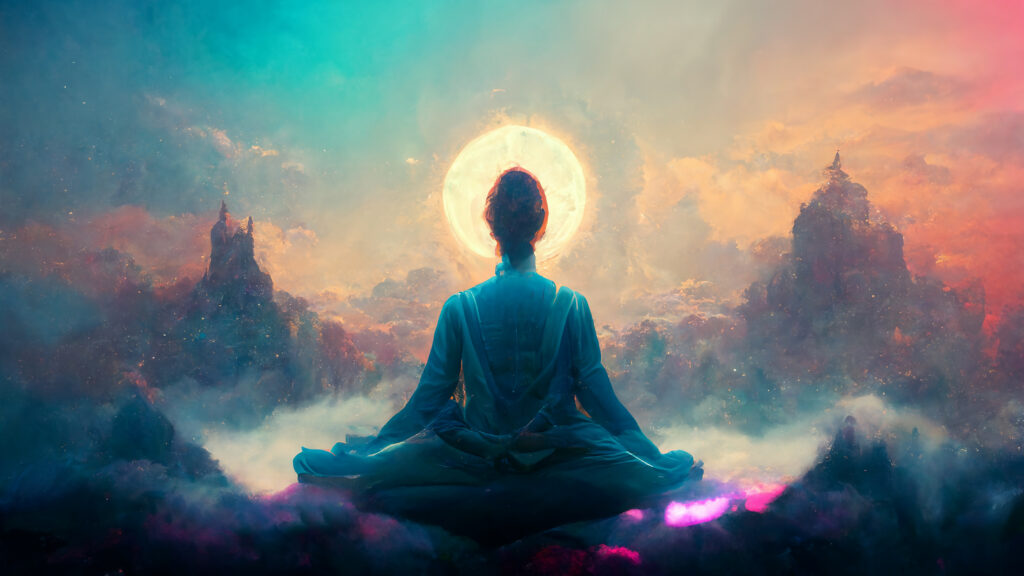
Understanding the Fractal Holographic Universe Theory
At the heart of the Fractal Holographic Universe theory lies the idea that reality is not continuous but rather composed of discrete, interconnected units. This concept draws inspiration from two key principles: fractal geometry and holography. Fractal geometry, pioneered by mathematicians like Benoit Mandelbrot, describes how complex patterns emerge from simple recursive processes, repeating at different scales. From the intricate branching of trees to the shape of coastlines, fractals abound in nature, reflecting a fundamental aspect of the universe’s structure.
Holography, on the other hand, refers to the encoding of three-dimensional information onto a two-dimensional surface. In a hologram, each part of the photographic plate contains information about the entire image, allowing for the reconstruction of the full three-dimensional scene. The Fractal Holographic Universe theory extends this principle to the fabric of space-time itself, proposing that the universe is like a vast holographic projection, where every point contains information about the entirety of existence.
- The Black Hole In Interstellar Was Built From Actual Equations
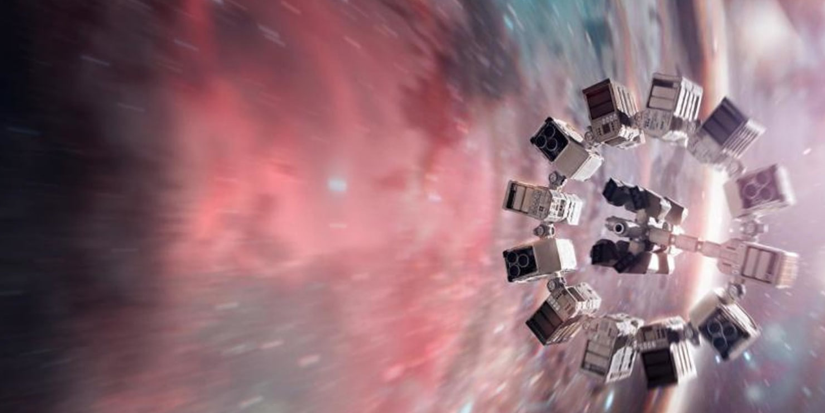
- Astronomers discover the largest structure in the universe
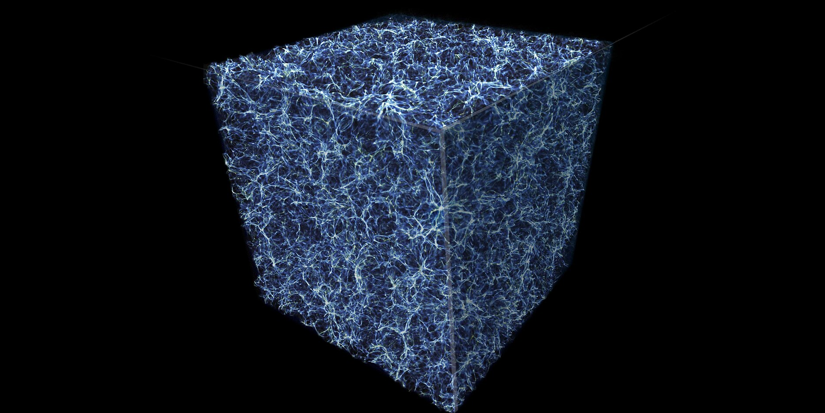
- Russian Plasma Engine Will Get Us To Mars In 30 Days

Implications for Quantum Mechanics and Consciousness
One of the most intriguing aspects of the Fractal Holographic Universe theory is its potential to shed light on the mysteries of quantum mechanics. Quantum phenomena such as entanglement and non-locality have long baffled scientists, challenging our conventional understanding of reality. Within the framework of the Fractal Holographic Universe theory, these enigmatic phenomena find a new context. Entanglement, for instance, could be seen as the result of information encoded within the fractal structure of space-time, allowing for instantaneous connections between seemingly distant particles.
Moreover, proponents of the theory suggest that consciousness itself may play a central role in shaping the fabric of reality. Drawing parallels between the interconnectedness of holographic information and the collective nature of consciousness, they propose that individual consciousnesses are fractal expressions of the universal consciousness. From this perspective, the universe is not a cold, mechanistic entity but rather a dynamic, interconnected web of consciousness and information.
Challenges and Criticisms
While the Fractal Holographic Universe theory offers a compelling framework for understanding the cosmos, it is not without its challenges and criticisms. One of the primary critiques revolves around the lack of empirical evidence to support the theory. Unlike established scientific theories backed by rigorous experimental validation, the Fractal Holographic Universe theory remains largely speculative, relying on mathematical models and philosophical conjecture.
Furthermore, some scientists argue that the theory’s reliance on metaphysical concepts such as consciousness introduces unnecessary complexity and veers away from the principles of empirical science. While consciousness undoubtedly remains one of the most elusive phenomena in existence, skeptics contend that invoking it to explain fundamental aspects of the universe may be premature and unwarranted.
Future Directions and Concluding Remarks
Despite these challenges, the Fractal Holographic Universe theory continues to captivate the imaginations of scientists, philosophers, and thinkers alike. Its holistic approach to understanding reality, bridging the gap between the macroscopic and the microscopic, offers a fresh perspective on age-old questions about the nature of existence. As our understanding of quantum mechanics, cosmology, and consciousness deepens, it is conceivable that the Fractal Holographic Universe theory may find renewed relevance and resonance in the scientific community.
In conclusion, the Fractal Holographic Universe theory represents a bold and imaginative attempt to unravel the mysteries of reality. By blending insights from fractal geometry, holography, and consciousness studies, it offers a holistic framework that transcends traditional disciplinary boundaries. While much remains to be explored and understood, the journey into the depths of the Fractal Holographic Universe theory promises to be a fascinating and enlightening one, illuminating the interconnectedness and complexity of the cosmos in which we dwell.
